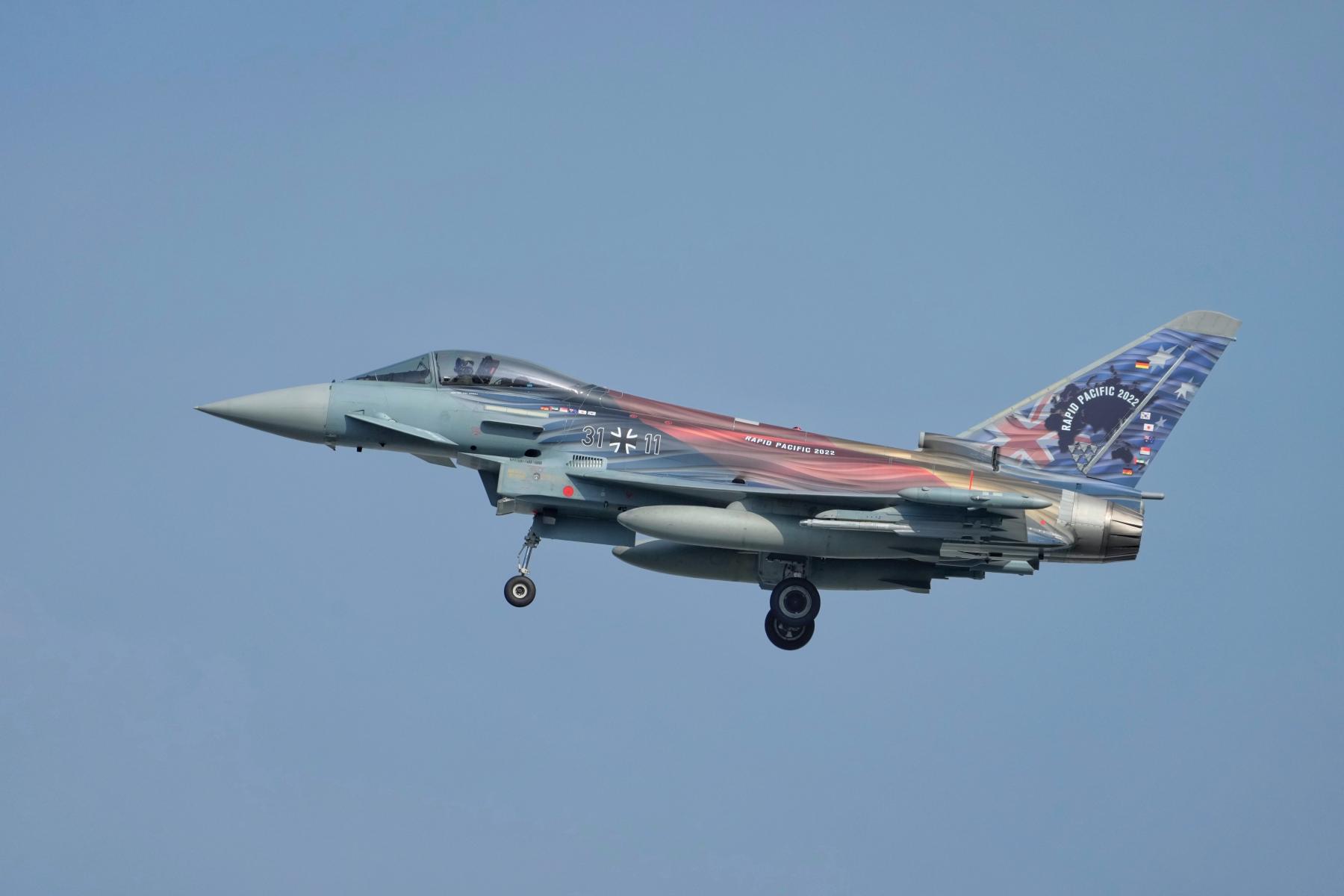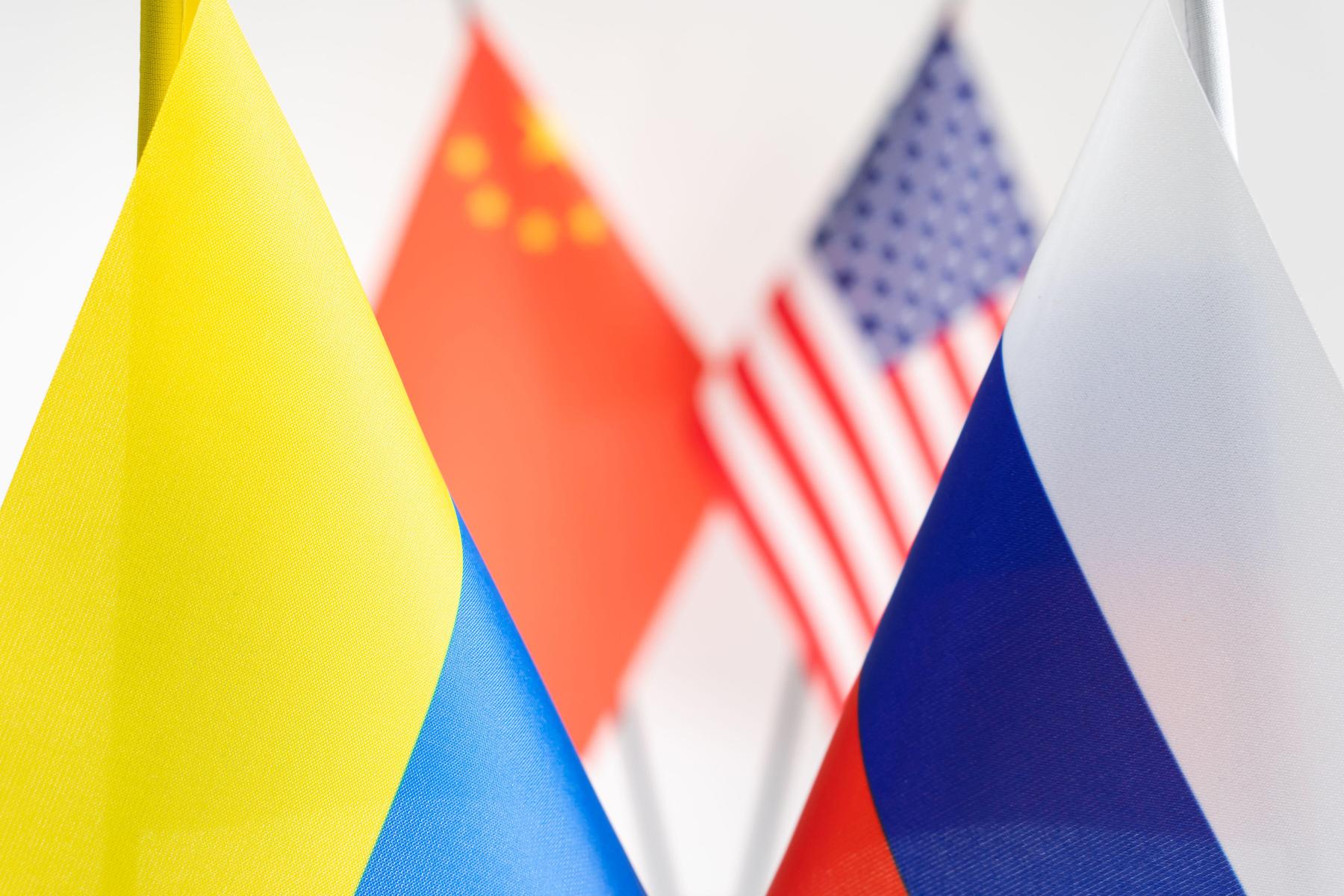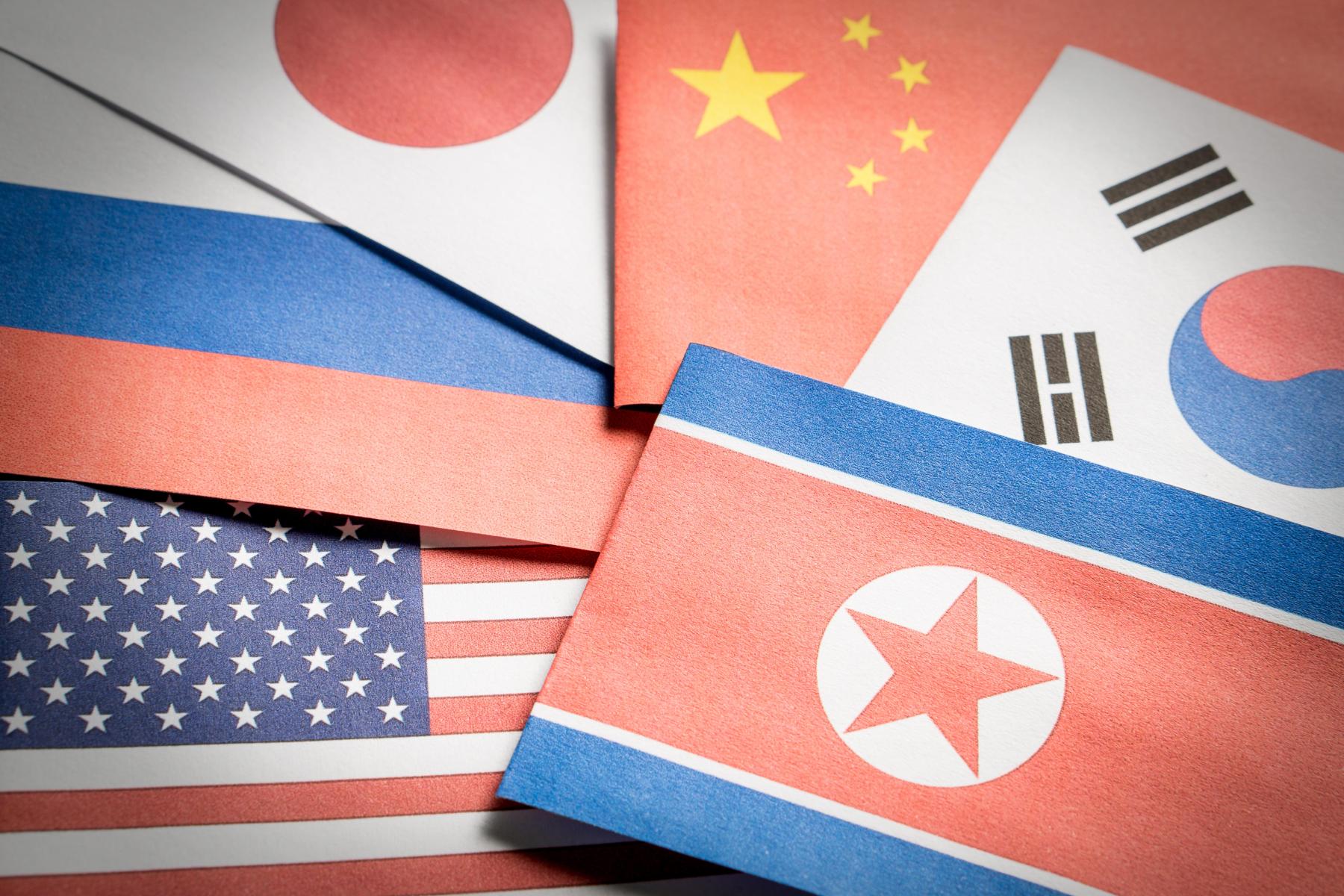Tokyo’s awakening: Japan in the Indo-Pacific after Russia’s invasion of Ukraine
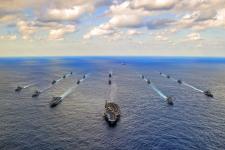
Russia’s invasion of Ukraine, ongoing since February 2022, has constituted a set of strategic challenges to Japan. Tokyo has had to abandon any residual hope of concluding a peace treaty with Russia and instead impose severe economic sanctions on the nation, while facing the changing balance of power between Russia and China – the latter becoming a senior partner in all dimensions. The National Security Strategy, adopted in December 2022 by the government led by Prime Minister Fumio Kishida, demonstrates Tokyo’s stark realisation that the rules-based international order which Japan has depended on for decades is now under severe threat. The documents states:
Japan’s security environment is as severe and complex as it has ever been since the end of World War II. Russia's aggression against Ukraine has easily breached the very foundation of the rules that shape the international order. The possibility cannot be precluded that a similar serious situation may arise in the future in the Indo-Pacific region, especially in East Asia.
Together, the world’s middle powers – Japan, India, Germany, Australia, Canada, and others – can have a decisive impact on global affairs.
This series of comments from six leading experts explores middle power collaboration in the Indo-Pacific. In response to Russia’s invasion of Ukraine and US-China strategic rivalry, what can middle powers achieve in the pivotal region?
Similarly, Kishida argued that “Ukraine today may be East Asia tomorrow” in his address to the Shangri-La Dialogue in 2022. The war in Ukraine has reminded many Japanese people about the importance of security and defence. The NSS depicts China as presenting “an unprecedented and the greatest strategic challenge” to Japan and to the international community as a whole. Japan’s idea of a “free and open Indo-Pacific (FOIP)” is also being challenged.
Tokyo’s response to the ever-worsening security environment in the region and the wider world has been based on three pillars – strengthening the alliance with the United States, enhancing its own security and defence posture and reaching out to other like-minded countries, mostly “middle powers” in the region and beyond.
Strengthening the alliance with the US
First, the fact that the United States is the only ally committed to help defend Japan has made the Japan-US alliance the most fundamental foundation of Japan’s security and defence since the end of World War II. This will not change. Furthermore, the significance of the alliance is set to increase as the security situation in the Western Pacific region deteriorates as a result of not only China’s increasing assertiveness but also North Korea’s missile and nuclear weapons development and deepening concerns about Russia in the region.
While a number of US allies in Europe, particularly those in Western Europe, experienced tensions with the Trump administration, Japan managed to improve and strengthen the alliance during the same period, helped by the efforts of the late Prime Minister Shinzo Abe. The rise of China and America’s increasing concerns about Beijing’s behaviours have certainly helped it as well, because the value of Tokyo as Washington’s ally has been elevated out of the US need to address the challenges posed by China.
Enhancing its own security and defence posture
Second, Japan has been enhancing its own security and defence posture in terms of both the domestic legal frameworks and the capability of Japan Self-Defense Forces (JSDF). Here, again, the role played by Abe stands out. Despite huge domestic opposition and controversies, he managed to pass the Peace and Security Legislation in 2015, paving the way for closer military cooperation with the United States, which turned out to be a great basis for the strengthening of the alliance during the Trump period, which started shortly thereafter.
Regarding the improvement of Japan’s defence capability, the major change will come as a result of the three major documents of December 2022, namely the National Security Strategy, the National Defense Strategy and the Defense Program. The Kishida government has committed to increasing the country’s defence budget to 2% of gross domestic product (GDP) by 2027 – representing an unprecedented scale of increase as the level of Japan’s defence budget has long remained around 1% of GDP.
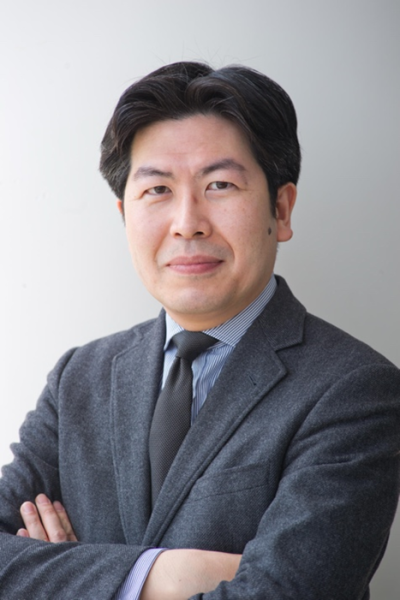
Among the new capabilities Tokyo is going to acquire over the coming years is what is called “counter-strike capability,” essentially long range missiles, including plans to procure Tomahawk cruise missiles from the United States and extend the range of domestically-produced anti-ship missiles. Other innovations include the renaming of Air Self-Defense Force to Air and Space Self-Defense Force, reflecting the increasing significance of the space domain, and the plan to introduce “active cyber defence” and to establish a permanent joint headquarters of JSDF.
This constitutes Japan’s Zeitenwende, the biggest turning point in the history of the country’s security and defence policy after World War II. The level of public support for this change seems surprisingly high, including the idea of spending 2% of GDP on defence and acquiring counter-strike capability, despite the fact that the issue of how to fund it remains controversial even among the ruling-party politicians. Those who argue for raising taxes and those who argue for borrowing money are competing with each other, and this policy battle is not likely to end anytime soon, although the total defence budget of 43 trillion yen (approximately 300 billion EUR) over the next five years (2023-2027) is now fixed and approved by the cabinet. In short, Japan has woken up.
Forging strategic ties with other like-minded partners
Third, Tokyo has been reaching out to other like-minded partners to forge stronger strategic ties over the past decade, most notably Australia, the United Kingdom, France and India. The relationships with NATO and the European Union have also developed substantially.
This should not be seen as Japan distancing itself from the US. Nor should it be taken as Tokyo’s efforts to diversify its security and defence ties to decrease dependence on the US. The significance of the alliance with the US will increase, rather than decrease, in light of the regional security situation. What Tokyo is trying to do is to reinforce the alliance with the US by building an “additional layer” through working with other US allies in the region and beyond; not least NATO allies in Europe. In other words, it is about “bridging” allies from the Indo-Pacific and Europe, reflecting the increasing connectivity between the two regions.
Based on their respective alliances with the US, Japan and Australia have strengthened defence ties over the years. The two countries, while not being treaty allies, are now committed to consult with each other “on contingencies that may affect our sovereignty and regional security interests, and consider measures in response”. More regular deployments of JSDF troops to Australia for training are also envisaged, something the US and Australia regard as Japan’s participation in their Force Posture Initiatives.
Another notable recent example of Japan’s increasing cooperation with other like-minded partners is the announcement of the Global Combat Air Programme (GCAP) between Japan, the UK and Italy: all close US allies. This is a joint programme to develop the next generation of fighter jets. In Japan, it will replace the ageing F-2 fleet. Although Tokyo initially sought to work with the US, the plan did not materialise as the development timeframe and technical requirements, particularly the issues of “black boxes” associated with US technology, did not match well between the two countries. Regardless of the origins of the programme, the GCAP will have strategic significance as the relationship based on this programme between Japan, the UK and Italy, and potentially with other countries procuring the GCAP fighters, will continue for decades or, at least, for the duration of the aircraft’s lifecycle.
That US allies across different regions work closely together is also in the interest of the US, particularly under the Biden administration. The US Indo-Pacific Strategy of February 2022 states that “we will build bridges between the Indo-Pacific and the Euro-Atlantic.” Additionally, the concept of “integrated deterrence” can also be applied in this regard and is part of burden-sharing by US allies. From the viewpoint of Tokyo and Canberra, their efforts will ensure that the US remains firmly engaged in the region by lessening the US burden and making conditions favourable for the US. Increasing engagement by the UK and France makes strategic sense in this context as well.
The war in Ukraine could work as both a catalyst and hinderance in this regard. On the one hand, Russia’s invasion has demonstrated the dangers that the rules-based international order face today, and the notion of “Ukraine today may be East Asia tomorrow” seems more accepted. On the other hand, many European countries – and those engaged in the Indo-Pacific – will need to focus more assets and resources into strengthening deterrence and increasing the defence posture against Russia, which could make it hard to sustain the same level of engagement in the Indo-Pacific region. Given the latter, Japan’s efforts to facilitate the continued engagement by Europe in the Indo-Pacific region will become more important in the coming months and years.


